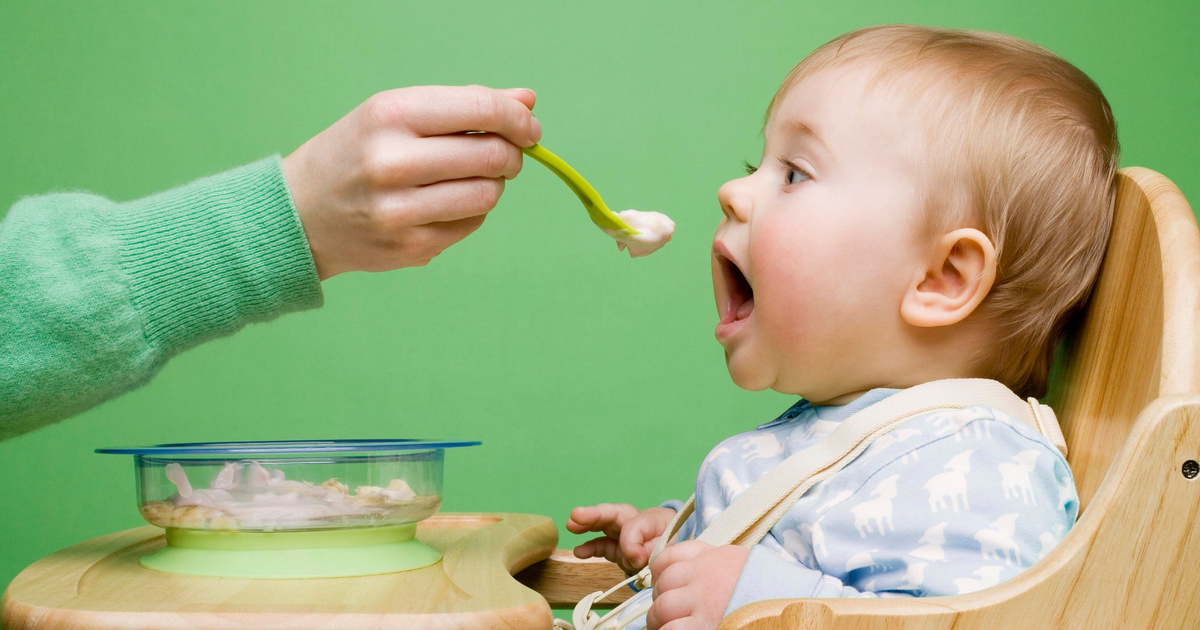Baby storing food in mouth
Mouth Stuffing and Food Pocketing in Young Children
Has your baby or toddler ever filled their mouth with blueberries – one after the next – without chewing and swallowing? Perhaps they store them in their cheeks or at the roof of their mouth and you find food a few hours later!
Is this normal?
Is it behavioral?
Is this a sensory processing issue?
This question comes up almost daily in my practice as an Occupational Therapist specializing in feeding therapy.
Photo credit from top left, clockwise: @druckstarr, @shaysmomlife, @ccamila55, @lilmisskekeisenIn short, food pocketing and stuffing can happen when children are eating too fast and haven’t mastered chewing skills, but if pocketing becomes a persistent issue despite using the preventive measures listed in this post, it may be time to seek professional help.
To understand why your child may pocket or overfill their mouth, let’s briefly discuss their oral development.
Note: the images used in this post were provided by parents in our Facebook Group and are used with permission. The children in these images aren’t pocketing food but rather have adorable, squishy cheeks!
Disclosure: some of the links below are affiliate links, which means (at no cost to you) we will make a small commission if you click through and make a purchase.
@rukiperezMouth development and oral awareness
Starting at birth, we want your baby to learn to soothe themselves by placing their own hands into their mouth. By doing this, they learn the landscape of their mouth. This type of self-soothing with hands is comforting to babies and is exactly what we want them to do!
Your baby eventually learns how to bring toys further into their mouth and learns to gum and teethe on these safe teething toys. This is a developmental milestone that should be encouraged. They first learn where their mouth is, and then they learn about the boundaries within their mouth, such as the tongue, the hard palate and the back of their mouth.
Your baby will also learn to open and close their mouth around toys and their hands, and they soon learns that placing a toy straight back in their mouth may cause them to gag. They also learn when their mouth is too small for a large toy. In the OT world, we call this mouthing and the development of oral play skills. This is exactly what we want to see babies doing before 6 months of age.
Mouth stuffing and food
Once your child starts feeding herself, which can happen around 6 months if you’re doing Baby-led Weaning, they may discover that they can put lots of food in their mouth. Their mouth is now bigger than it once was when they were a young baby, and they may get excited about eating new flavors and textures – so excited that they jam them all in their mouth at once. Perhaps they store them in their cheeks, chipmunk style.
What do you do?
In the case of pocketing and mouth stuffing, prevention is the best remedy.
Preventing your child from stuffing in the first place is the safest and most effective way to manage chipmunking.
How do you prevent mouth stuffing?
- Be your child’s speed bump – help them slow down their pace of eating by offering only one or two pieces of food on their tray or plate. If they’re old enough, give them the option of serving themself with small spoons, getting just one blueberry at a time.
- Offer frequent sips of water from an open cup or straw cup. Model drinking water with meals yourself. This will help your child wash down food and will slow down their pace of eating.
- Novelty utensils like animal bento picks (2-3+ years) as well as blunt toothpicks, require more fine motor control and will slow their eating speed.
- If the food is a bread product, use cookie cutters to make various sizes that may feel different when they take bites. You can also try FunBites Food Cutter to cut sandwiches and other foods into bite-sized pieces.
- Older toddlers may understand taking different size bites. Ask your child to take a mouse-sized bite, then a dog-sized bite, then a dinosaur-sized bite.
 Work with various sizes until they understand that they can control how much food goes into their mouth by the bites they takes.
Work with various sizes until they understand that they can control how much food goes into their mouth by the bites they takes. - Talk to each other at mealtimes and encourage other language skills – don’t just talk about chewing the food. Yes, sometimes we need to remind our children to chew and take sips of water, but we also want them to remember that mealtime is a positive experience. Model and imitate safe, slower eating skills and take sips of water yourself.
- Make sure that your child isn’t watching a device or TV during mealtimes, as this can promote mindless eating and can increase the risk that they’ll stuff.
- Ask yourself if you’re pressuring your child to eat – sometimes kids stuff food in their mouths because they’re required to take a certain amount of bites (perhaps to “earn” dessert) but really don’t want to eat that food. We highly recommend taking our toddler course to help make mealtime better without bribery or using pressure.
Your child’s mouth is already overstuffed with food – now what?
While prevention is key with overstuffing, if stuffing happens it’s critical to maneuver food out of their mouth safely.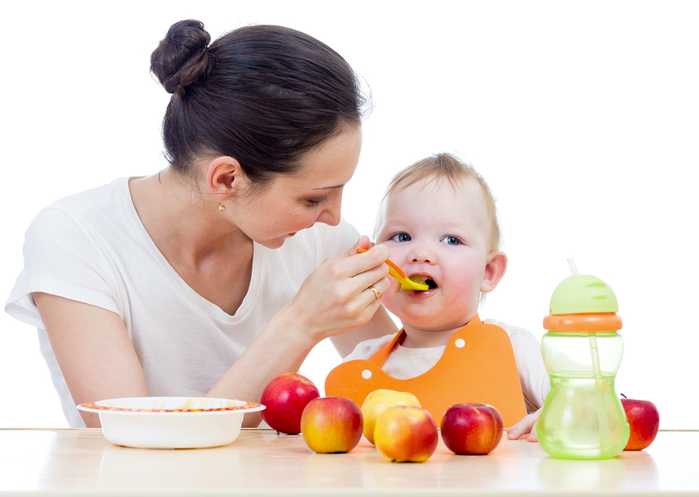
1. Encourage your child to chew, but if they won’t ask them to spit out the food, take a sip of water, and start over.
2. Offer her a small bite as their next bite and use the strategies listed above.
3. If your child won’t spit out the food, won’t chew and swallow, and won’t drink any water, you may have to remove the food from her mouth. Be extremely careful, as you may push food further back in her mouth. Use your finger to slide food to the side and forward, not back. This may be a negative experience for your kiddo and should be only used as a last resort. This is not recommended when your baby is gagging while learning to eat and should only be used if you can clearly see the food that they won’t spit out or chew.
When should you seek help?
@jennyslensIf you regularly find food stored in your child’s mouth minutes to hours after a meal, it may be time to seek professional help. While it can be behavioral, food stuffing may also be a red flag that your child is not chewing their food and may not be feeling the food within their mouth. A lack of oral sensation can lead to stuffing because excess food helps your child understand the boundaries of their mouth better. They may seek out crunchy or chewy textures or may crave highly flavored foods (spicy, sour) to “wake up” the oral sensations within their mouth.
A lack of oral sensation can lead to stuffing because excess food helps your child understand the boundaries of their mouth better. They may seek out crunchy or chewy textures or may crave highly flavored foods (spicy, sour) to “wake up” the oral sensations within their mouth.
This behavior is concerning to feeding professionals and may require therapy. Speak with your pediatrician and seek professional help for your child if this is a persistent problem. We recommend scheduling an assessment with a Feeding Specialist (either an Occupational Therapist {OT} or a Speech Language Pathologist {SLP}) who has specialized training in oral/mouth development.
If your child is regularly pocketing food, please always do a mouth check before they leave the table, as this can be a safety and choking concern.
We hope this helps you keep your kiddo’s mouth safe and keeps their cheeks available for sweet parent kisses, not food pocketing!
Pocketing Food Strategies and Causes in Kids
Learn exactly what pocketing food is, strategies for how to move past it, and why kids, toddlers, and even babies will pocket their food!
She said, “My daughter does this really weird thing… she doesn’t swallow her food and holds it in her mouth, sometimes for hours. ”
”
My first response was, as strange as it seems, it’s quite common for feeding therapists like myself to see. It’s called pocketing food. Pocketing food can play out in a few different ways, and there are several reasons why kids will stuff, or pocket, their food without any desire to swallow it.
Can it be infuriating for parents? Does it seem bizarre?
Yes.
But, there’s a way to help your child move past pocketing food. Before we get to that though, you have to fully understand what it is and why it happens.
What is Pocketing Food Exactly?
Pocketing food is when a child holds on to food in their mouth without swallowing it. Most kids will hold it in their cheeks or tucked behind or in front of their gums! Either way, it’s as if they’re sticking their food in a little pocket.
Why Do Children, Toddlers, and Even Babies Pocket Food?
Children tend to pocket food in their mouths for a few different reasons, and sometimes, there’s more than one! Let’s take a look at the most common causes for pocketing food in babies, toddlers, and children:
1. Sensory Processing – Children will sometimes get a food in their mouth, realize they don’t like the texture of it, and instead of spitting it out, they just hold on to it.
Sensory Processing – Children will sometimes get a food in their mouth, realize they don’t like the texture of it, and instead of spitting it out, they just hold on to it.
In other instances, some children can’t feel where the food is very well. It’s something we take for granted as adults, but if a child’s oral sensory sensations aren’t sending the right signals to the brain, it can be as if they can’t find the food. They may not even realize it’s there! At the same time, because they can’t feel the food well in their mouth, they may put way too much in because that increases the sensations, but then the food is too much to handle.
Although any child can face this challenge, mouth stuffing is fairly common in Autism and Sensory Processing Disorder.
Still, some kids pocket food because they like the way it feels. While this may sound stranger yet, it also has to do with what signals the brain is getting. That pocket of food is putting pressure on their tongue, cheek, or gums and it may be soothing. Much the way some people like the way a hat feels on their head or compression gear.
Much the way some people like the way a hat feels on their head or compression gear.
To learn more about the huge impact sensory has on eating and how to help kids overcome it, check out Sensory Issues with Food!
2. Oral Motor Skills – In contrast to sensory issues, oral motor skills have everything to do with the strength and coordination of the muscles inside our mouth. That means, how our tongues move to help with swallowing and chewing, as well as keeping our lips closed to be able to chew without food falling out!
But, that’s just the tip of the iceberg. Head over to Oral Motor Skills to learn more.
Point being, if a child has some weakness with their oral motor skills, the food may get stuck in their mouth and they can’t get the food that’s caught in a pocket of their mouth.
3. Painful or Uncomfortable Swallowing – As a coping mechanism, some kids will hold onto food because it hurts to swallow.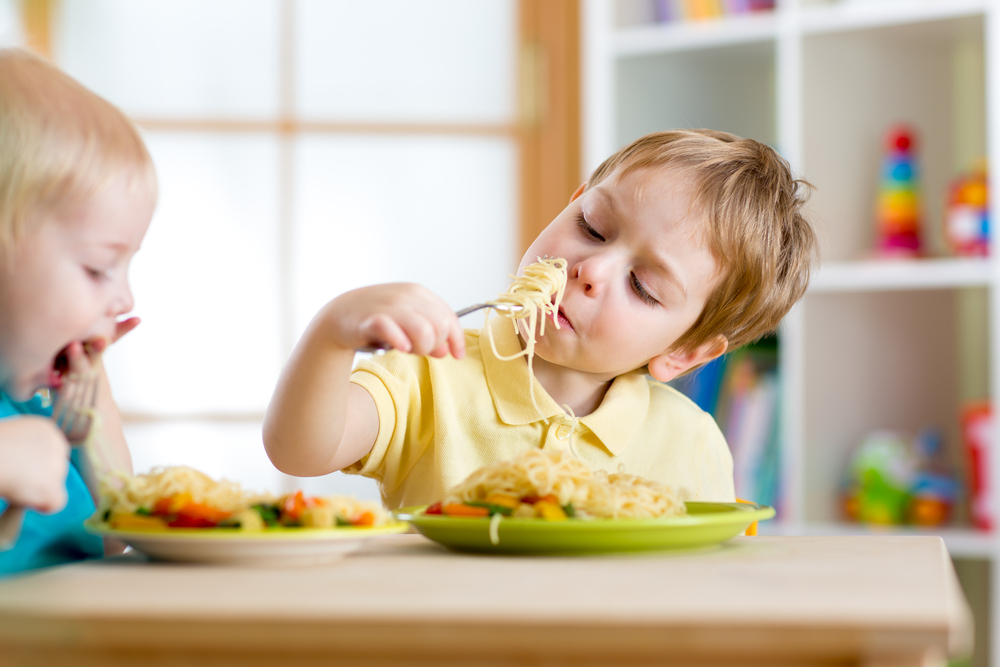 This could begin because of a common sore throat, chronic reflux, or swollen tonsils/adenoids, to name just a few reasons.
This could begin because of a common sore throat, chronic reflux, or swollen tonsils/adenoids, to name just a few reasons.
In some situations, the fear of swallowing becomes a habit, or a learned behavior, and kids need help moving past that mental block.
When kids or toddlers are food pocketing, it’s common to see that they are also extreme picky eaters or having a feeding disorder like PFD. The reasons above cause so much pain or difficulty that it has impacted their ability to eat a variety of foods across the board.
At the same time, if your child only pockets their food occasionally at meal times, it could be because of the food texture. Soft food is easier to lose track of and accidentally stays in their cheek or under their tongue. Some kids may pocket only with new foods because the texture is overwhelming.
No matter what the case, if your child or toddler is holding food in their mouth with any regularity, it’s important to address it. Let’s talk about how…
Let’s talk about how…
Affiliate links used below. See our full disclosure.
How You Can Help Your Child Stop Pocketing Food!
As a parent, there are some simple strategies you can use to help your child swallow the food they’re keeping in their mouth for a long time:
Pocketing Food Strategy #1: Give Small BitesIf you’re feeding a baby or young toddler, only give them a few pieces of food at a time so that it’s easy to manage. For older kids, also try to keep the serving size smaller, and either cut food into smaller pieces or help them to do so. The less food they have to chew and swallow will decrease the chance that it gets pocketed.
Pocketing Food Strategy #2: Take a DrinkA powerful strategy is to teach your child to take a sip of water as soon as they seem to be done chewing or after a few seconds. Depending on their age, you can tell them that taking a drink helps get the food down to their belly. Demonstrate for them, if they don’t understand or follow your directions.
Demonstrate for them, if they don’t understand or follow your directions.
Using an open cup, if they’re able, helps to flood the mouth with liquid and pull the pocked food down the throat better than a straw or sippy cup. Some kids are able to easily take drinks and maintain their pocketed food, in which case, you’ll need the next tip.
Pocketing Food Strategy #4: Talk Them Through the Steps for SwallowingBefore your child takes a drink, pocket some food in your mouth, in a similar spot to where they’re holding the food. Step by step, tell them how you’re getting the food out of your mouth. That might look a little something like this, tell your child, “Move your tongue over to the food and scoop it out like a shovel. Now, put it on top of your tongue. Take a drink and swallow the food down with your water.”
You may have to demonstrate a few times. It may also be helpful to do this in front of a mirror or bring a hand held one to the table, especially when they can’t feel the food or are working on their oral motor skills.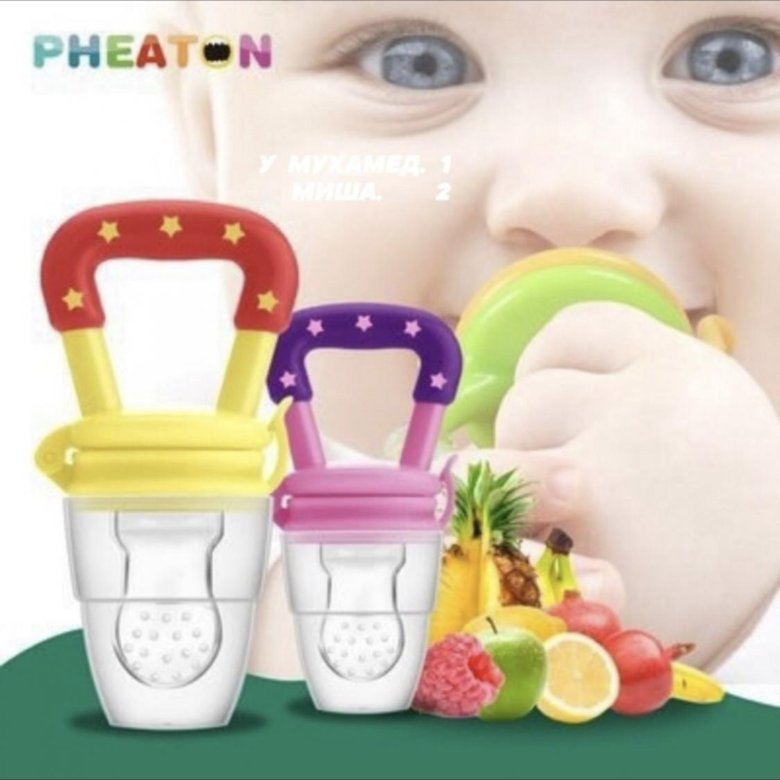
You can use a toothbrush two different ways to help improve pocketing food. First, is in the moment. If your child or toddler is trying to get the pocketed food out, and can’t, you could use the toothbrush to sweep it out to the front of their mouth where they’ll have more control. From there, your child may be able to swallow or you can couple this with the take a drink trick.
But, a toothbrush, or even better, a vibrating toothbrush like this one, can help a child’s sensory processing and oral motor skills when it’s used 2-3 times a day. Except don’t just brush their teeth, you’ll also want to brush along their gums, tongue, and inside of their cheeks.
However, using a toothbrush for these purposes shouldn’t be forced. If you’re child is sensitive to it, then you’ll want to take it slow and allow them to gradually become more comfortable.
Pocketing Food Strategy #6: Alternate Bites With Something CrunchyThis can be especially helpful for babies and toddlers that are frequently pocketing food, but older kids can be taught to do this if it’s helpful. When sensory is the reason for pocketing food, having very crunchy food consistently gives strong input to the sensory system which can help decrease pocketing.
When sensory is the reason for pocketing food, having very crunchy food consistently gives strong input to the sensory system which can help decrease pocketing.
For example, you may serve your child chicken (a food they tend to pocket) with crunchy apple cubes. After they have a bite of chicken, then their next bite is apples.
Pocketing Food Strategy #7: Don’t Let it Turn into a BattlePocketing food can turn into a power that kids will wield when they know it makes their parent go crazy. To avoid that, try to keep your frustrations, although understandable, to yourself. Try to get them involved in overcoming pocketing food and approach it as a team. To learn more about keeping mealtime positive, head to my best picky eating tip.
When You Should Get Help for Pocketing Food
Pocketing food can be a sign that more complex feeding challenges are in play, and feeding therapy may be beneficial for your child. I’d highly recommend keeping your child’s doctor in the loop, and seeking out more help if pocketing food is impacting their ability to eat enough. Feeding therapy is usually done by an occupational therapist, like myself, or a speech therapist.
You can find out how to schedule an appointment for your child in this guide to feeding therapy.
Pocketing food can be overwhelming. If you have a tip that has helped your child, share it below in the comments so that we can include even more strategies!
And, if you’d like some more support and next steps for a plan you can start using at home to help your picky eater, grab a free seat in my free 2 Keys to Turn Around Picky Eating Workshop!
More Help for Feeding Issues in Kids
How to Squash Picky Eating Without Any Nagging
Feeding Red Flags for Babies and Toddlers
A Hidden Cause of Picky Eating: Acid Reflux
Are Food Jags Affecting Your Picky Eater? What you need to know
Alisha Grogan is a licensed occupational therapist and founder of Your Kid’s Table. She has over 18 years experience with expertise in sensory processing and feeding development in babies, toddlers, and children. Alisha also has 3 boys of her own at home. Learn more about her here.
Alisha also has 3 boys of her own at home. Learn more about her here.
The child holds food and does not swallow: malyshi — LiveJournal
?-
Tsarevna-LED (Vrubel) ( Princess_LEBED ) Wrote in Malyshi ,
Tsarevna LED (VRUBUBLE)
PRINCESS_
- Food
- Children
- Cancel
1) Problem: daughter 2.2, 20 teeth, always had a poor appetite, eats a very limited set of products, and for the last month she has generally started to keep food in her mouth and not swallow :(( Just recently I fed her soup, everything is small cut it, the soup is delicious, but no, she ate a few spoons, and then keeps it in her mouth. I, as a person who is unrestrained in life, start to get nervous, scold her, she may start to roar, but she does not swallow. after soup begged for Barney's bear and swallowed it perfectly.0011 What could be the problem? I don’t like food, in general, a little baby, as soon as it starts to hold in its mouth, stop feeding, it doesn’t matter that before that I ate just a couple of spoons?
2) We also have a problem, we taught our child to eat half cartoons, now we are trying to get away from this. But then the op begins. What to do? Endure, do not turn on cartoons, let him roar and not eat?
3) We still cannot come to the format "the child eats the same as the parents." Anyway, I cook for her separately for dinner. Get away from it? They tried, for example, gave pilaf, vegetable stew, do not eat. What to do? If you don’t want ours, don’t eat, but I won’t cook separately either, let’s go to bed. So?
my daughter goes to the GKP, where she eats breakfast (porridge, she eats it herself) and lunch (soup, sometimes half a cutlet + mashed potatoes, the teachers feed her with this). Naturally, all without cartoons. It doesn’t seem to keep food in the garden, but according to the teacher, I didn’t see it myself. We feed her at home, she doesn’t eat herself, at most she can eat cottage cheese and drink kefir.
Naturally, all without cartoons. It doesn’t seem to keep food in the garden, but according to the teacher, I didn’t see it myself. We feed her at home, she doesn’t eat herself, at most she can eat cottage cheese and drink kefir.
Tags: 2-3 years old, food (adult)
Subscribe
-
New Year trip with children
Hello dear accomplices! My husband and I are planning a trip with two children (13 and 6 years old) for the New Year holidays. We want to leave on December 24-25, for…
-
Temperature rise after 2 weeks of illness
Hello everyone. Hall needs help. A child of 7 years old, fell ill exactly 2 weeks ago: the temperature at first was about 38 for a couple of days, then a runny nose and cough.…
-
Question about antibiotics to my mother (me)
Hello! Please tell us what antibiotics are currently prescribed for adults (Russia)? Caught a virus, the day was high pace, and then hellish .
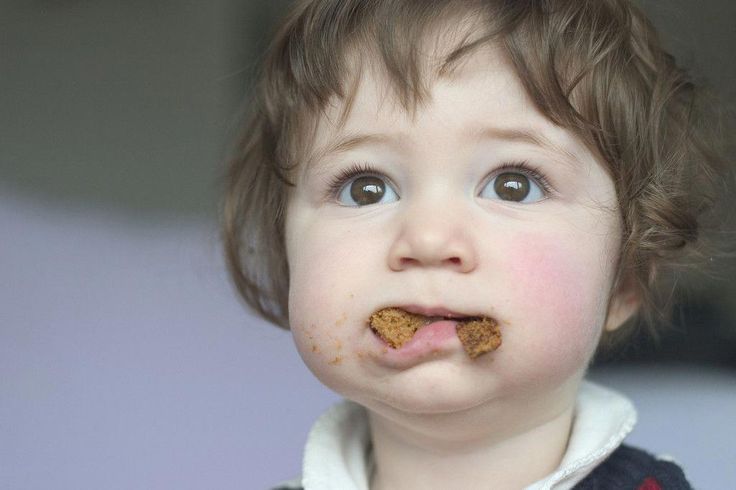 ..
..
Photo
Hint Previous
← Ctrl ← Alt
- 1
- 2
Next
Ctrl → Alt →
-
New Year trip with children
Hello, dear accomplices! My husband and I are planning a trip with two children (13 and 6 years old) for the New Year holidays. We want to leave on December 24-25, for…
-
Temperature rise after 2 weeks of illness
Hello everyone. Hall needs help. A child of 7 years old, fell ill 2 weeks ago exactly: first a couple of days the temperature was about 38, then a runny nose and cough.…
-
Question about antibiotics to my mother (me)0054
Hello! Please tell us what antibiotics are currently prescribed for adults (Russia)? I caught a virus, the day was fast paced, and then hellish… anxiety
Children are naturally not only curious, but also suspicious.
 On the one hand, I wonder what kind of new green monster has landed on the plate. On the other hand, he does not look very friendly.
On the one hand, I wonder what kind of new green monster has landed on the plate. On the other hand, he does not look very friendly. The ability to touch and sort raspberries or blueberries with your fingers (do not forget to take off your child's T-shirt, pants and secure the space around), knead the boiled cauliflower inflorescence in your hands reduces the degree of anxiety.
Touching food with hands, fingers and even feet introduces the child to its features. He understands what to expect and how safe the food is. Remember how you first carefully taste the water in the bathroom with your finger, and only then plunge into it with your head.
Of course, a five-year-old spreading berries on the table would look strange. But for a child who has just begun to get acquainted with food, such behavior is rather the norm. Teaching etiquette can be started later, when new products stop scaring the baby.
Helps to explore the world
In the first year and a half of life, a child tries the world by heart: he drags toys, sleeves of clothes, mother's hair into his mouth.
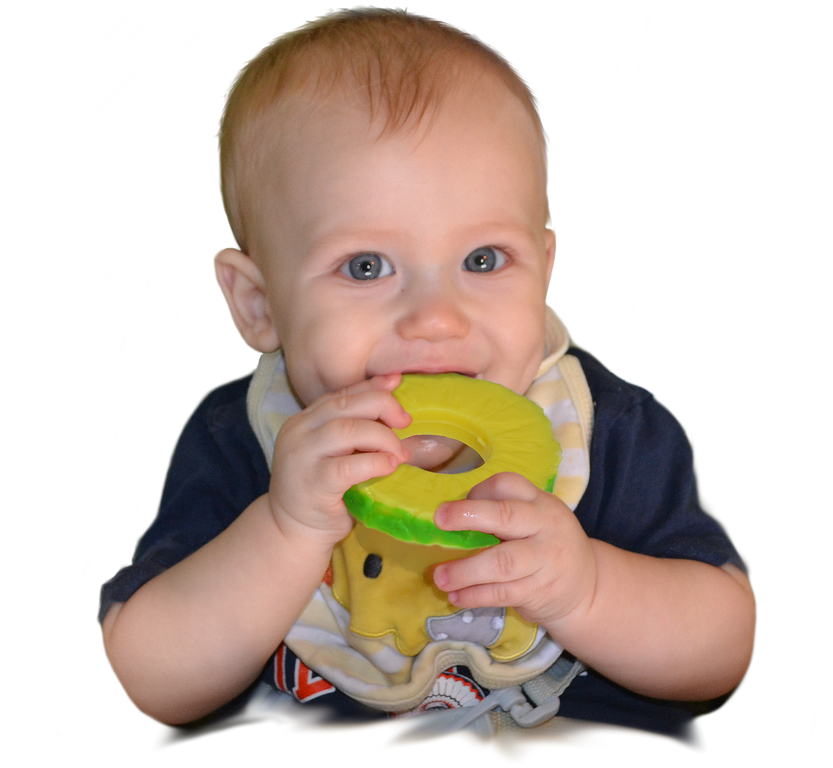 Allowing him to take food from the plate with his hands, you help him live harmoniously through the sensitive period of development.
Allowing him to take food from the plate with his hands, you help him live harmoniously through the sensitive period of development. If the sight of a baby scooping carrots out of soup makes you feel dizzy, just give your child a spoon. Coordination of movements will not allow you to work with cutlery in accordance with all the rules, but the parent will be calm. And yes, from a spoon, the carrot will first migrate to the hand anyway, and only then to the mouth.
Trains sensory perception and fine motor skills
There are thousands of nerve endings at the tips of little fingers. And they are all associated with different areas of the brain. And when a child takes a banana in his hand, squeezes sticky juice out of a tangerine, turns a cookie into crumbs, his brain develops.
The child does not just get acquainted with the texture of products, he improves finger grip, trains large and fine motor skills.
Gives the opportunity to study the properties of objects
In the first years of life, the child explores the world.
 Remember how your baby repeatedly throws a toy out of the stroller and waits for you to pick it up so that he can throw it again. These are experiences and experiments at the elementary level. And this knowledge will help the child in the future.
Remember how your baby repeatedly throws a toy out of the stroller and waits for you to pick it up so that he can throw it again. These are experiences and experiments at the elementary level. And this knowledge will help the child in the future. The task of the parent is to lead the process. What happens if you blow on hot soup? He will get cold. What if it's cold? Nothing will happen. What happens to broccoli if you dip it in a bowl of soup? Drown or not? Tell your baby about everything that is happening or will happen with his food.
Develops thinking
Products can and should be used not only for eating, but also for playing. Sensory boxes with millet and beans, pasta beads, lentil and semolina appliqués, salty paintings are all a safe way to develop creativity.
You can hone your mental counting skills on berries, turning an afternoon snack into an entertaining arithmetic lesson. It is much easier to master subtraction when you yourself see how an apple disappears from a plate, and you can easily solve the problem: “You had two apples, I ate one.
 How many apples are left?
How many apples are left? Vegetables and fruits allow you to master the concepts of "long", "short", "soft", "hard". Food can be sorted by size, shape and color. Such games develop speech and increase the vocabulary of crumbs.
Play tasty lotto. Blindfold your child and offer to taste the product. It is especially interesting to compare how the baby copes when he takes a piece of food himself, and when you do it for him.
Develops independence
No need to scold a one-year-old baby for every spoon passed by his mouth. So you will only achieve that he will ask him to feed in order to avoid reproaches. Eating will be associated with something bad.
Food should not cause stress. Then the food interest will not fade away, and the baby will be willing to get acquainted with new products.
It is the same with the encouragement of independence. Allowing your child to eat by himself, with his hands or a spoon, will help him learn to control his body faster, his coordination will develop at his own pace, and very soon parents will not have to use a roll of paper towels to clean up the kitchen.
